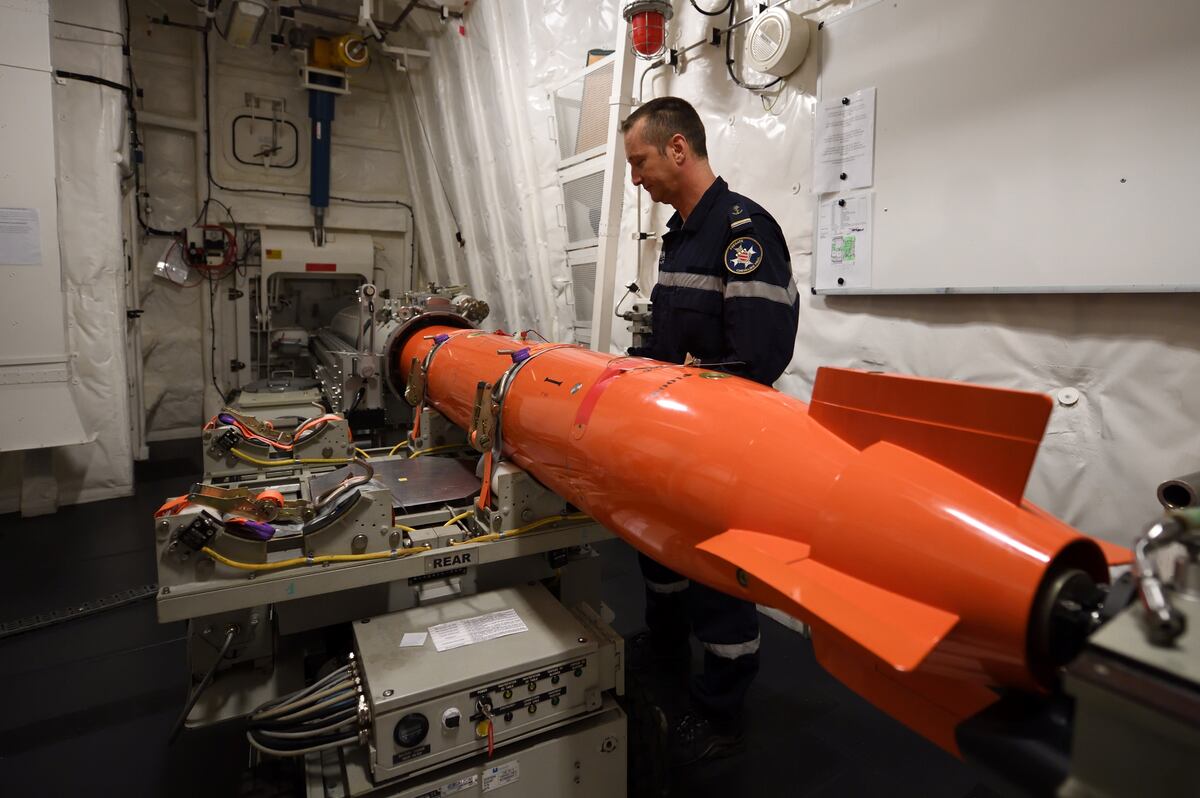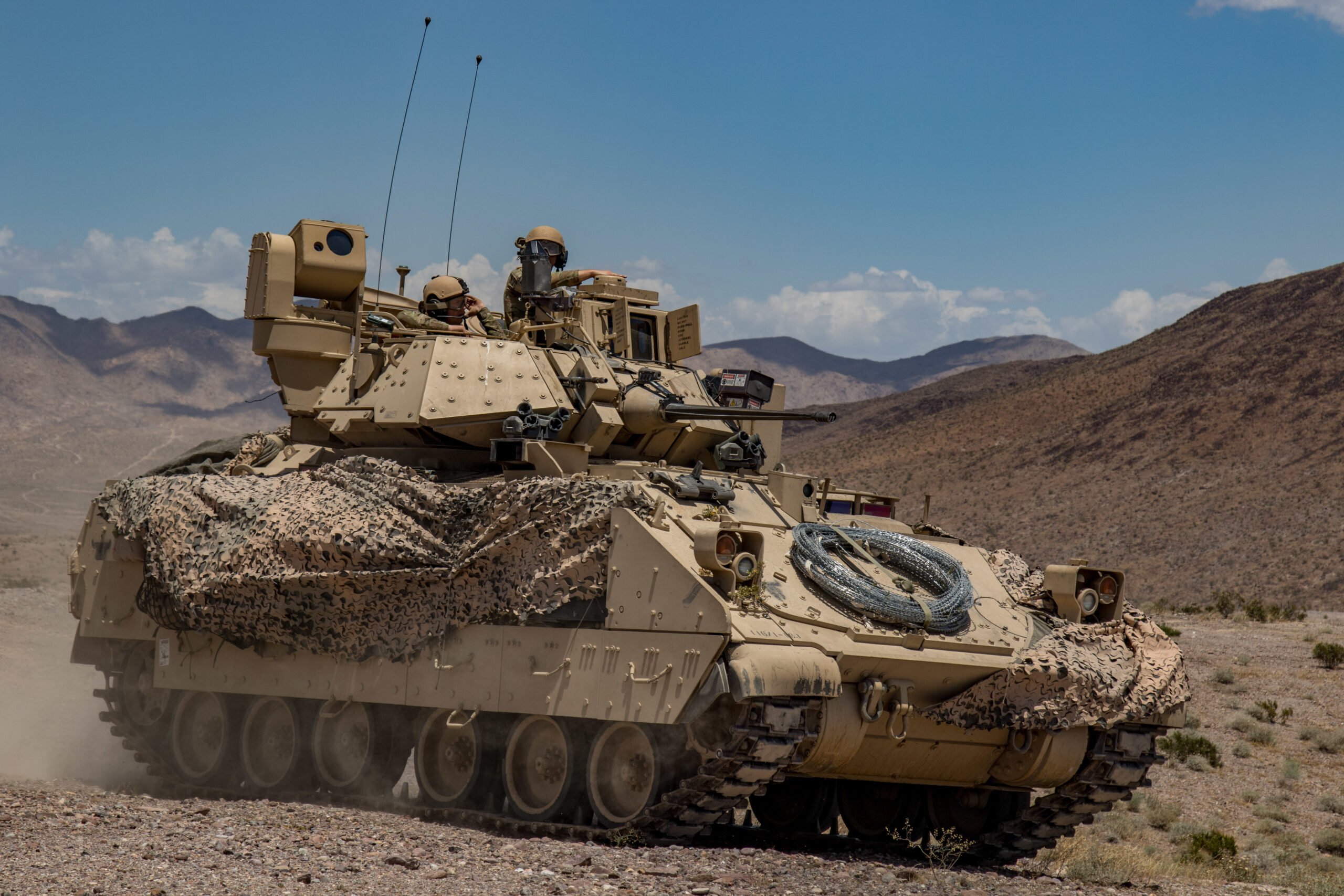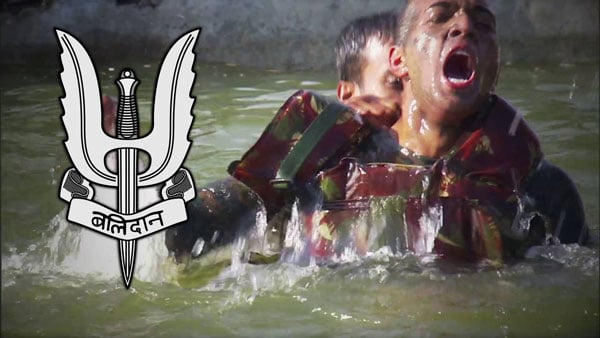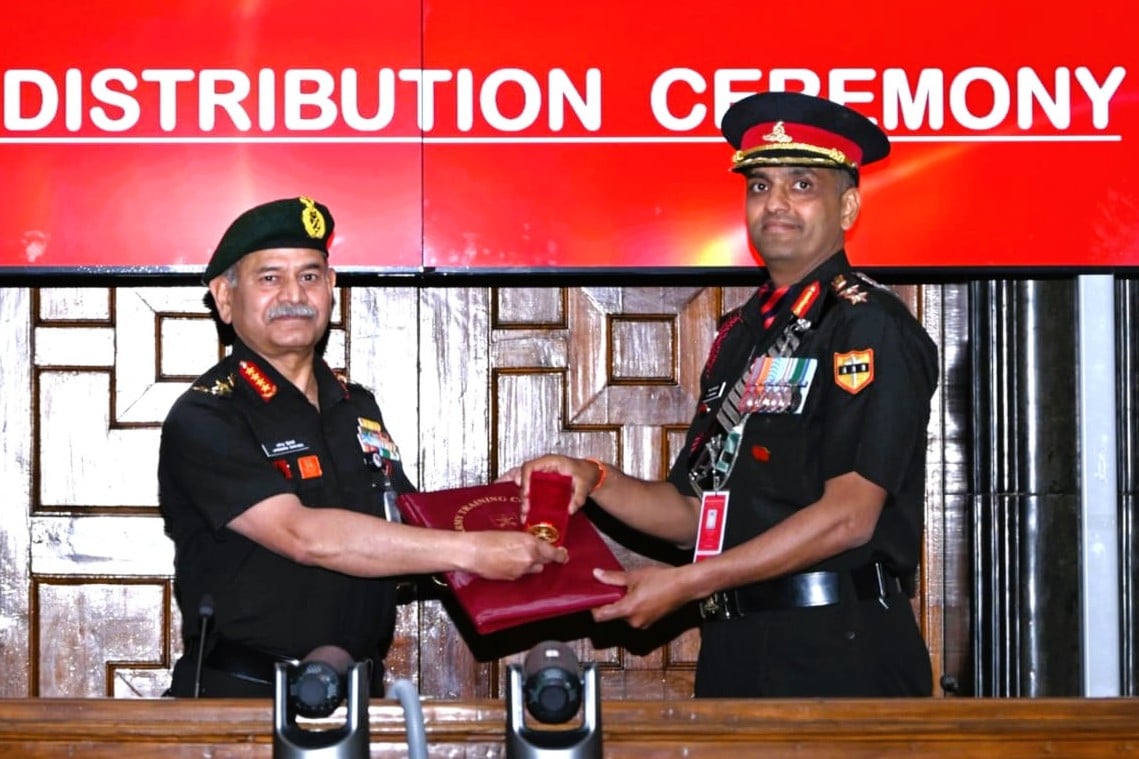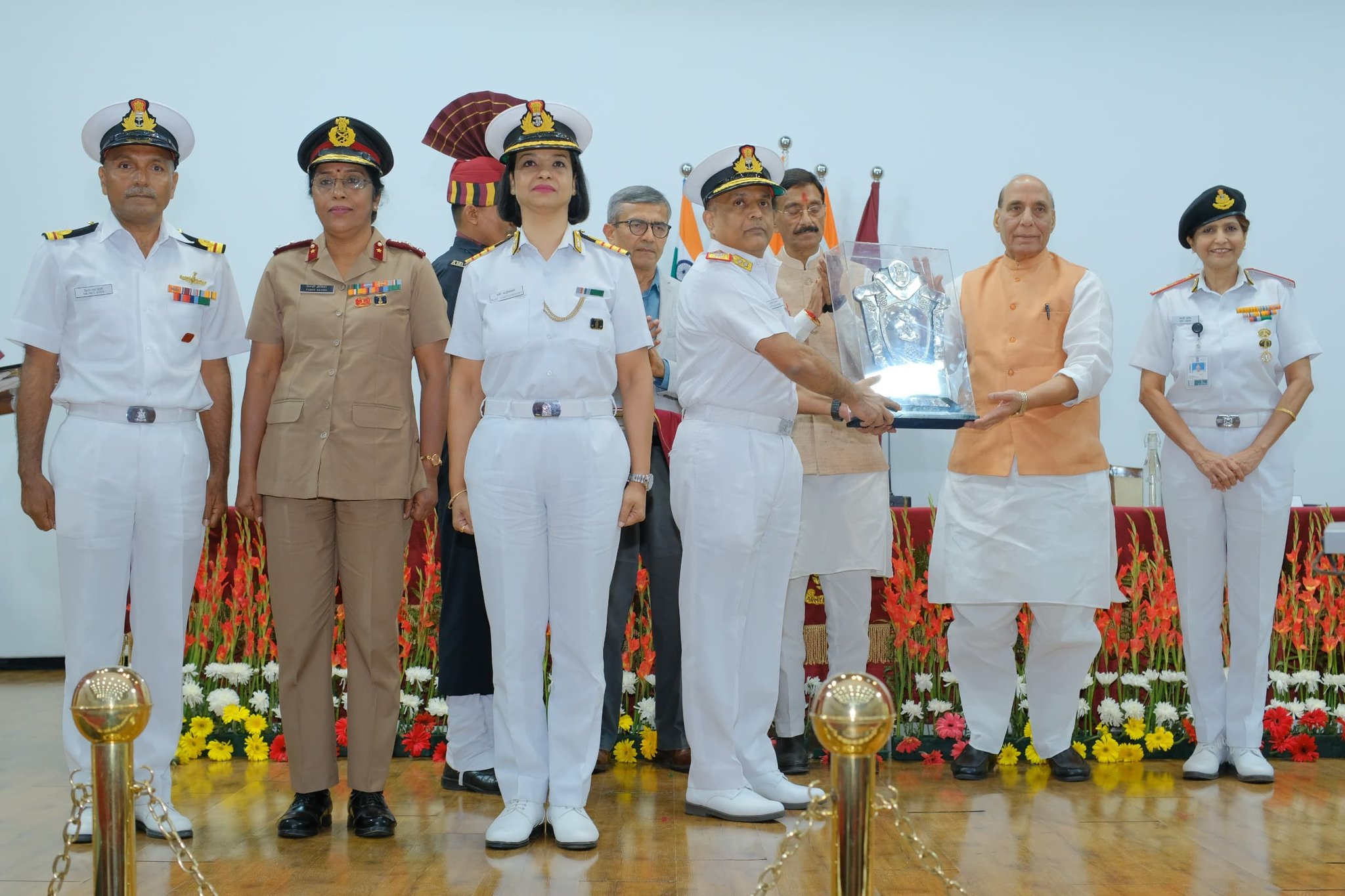MILAN — The pursuit of advanced underwater defense mechanisms is intensifying as French and Turkish naval companies explore the creation of kinetic torpedo interceptors. This strategic focus arises from the ongoing evolution of torpedo technology, which has increasingly outpaced existing naval countermeasures. With global navies historically employing a variety of methods to mislead or neutralize incoming torpedoes, the efficacy of these techniques has produced inconsistent results.
Ahmet Akyol, president of Turkey’s Aselsan, emphasized the need for a proactive approach to defense during a panel discussion at the recent Euronaval trade show in Paris, stating, “In the future, due to the development of torpedo systems and how smart they have become, sometimes deceiving or jamming it will not be enough – at that time you must have additional capabilities, which can include a hard-kill measure.”
Both Aselsan and Naval Group have confirmed that they are independently engaged in research and developmental projects aimed at creating hard-kill countermeasures for torpedoes. The challenges posed by underwater targeting are significant; while torpedoes are slower than air-launched cruise missiles, their detection remains a formidable hurdle due to the complexities of the underwater environment.
Antoine Kauffman, marketing manager for underwater systems at Naval Group, explained that these unique challenges contribute to the current immaturity of many anti-torpedo systems, making their integration into military applications a complex endeavor. Despite the development of several kinetic torpedo interceptors, their operational reliability and effectiveness have not been thoroughly validated.
One existing system is Israel’s Torbuster, which employs acoustic signals to bait incoming torpedoes toward a decoy that detonates upon proximity. However, Kauffman expressed skepticism regarding its efficacy, stating, “We do not believe in it at all because it is based on ‘seduction’ where you need to be able to attract the torpedo less than 20 meters of the countermeasure and never will it go that close – the torpedo will understand well before.” The Indian Navy is noted as the primary international customer for the Torbuster, after Rafael formed a partnership with Bharat Dynamics Limited to supply the technology for Indian naval vessels.
Looking ahead, Kauffman projected that advancements in hard-kill torpedo technologies are likely to reach maturity around 2030. This aligns with the timeline provided by the European Defense Agency for an anti-torpedo torpedo (ATT) demonstrator project. Jürgen Scraback, head of the EDA’s maritime domain unit, shared that the objective is to achieve a production-ready design by 2028, noting that successful detection and activation of the anti-torpedo torpedo have already been demonstrated.
Discussions are underway to expand the collaborative project to include additional European Union member states, highlighting a growing recognition of the need for effective countermeasures against increasingly sophisticated underwater threats.

